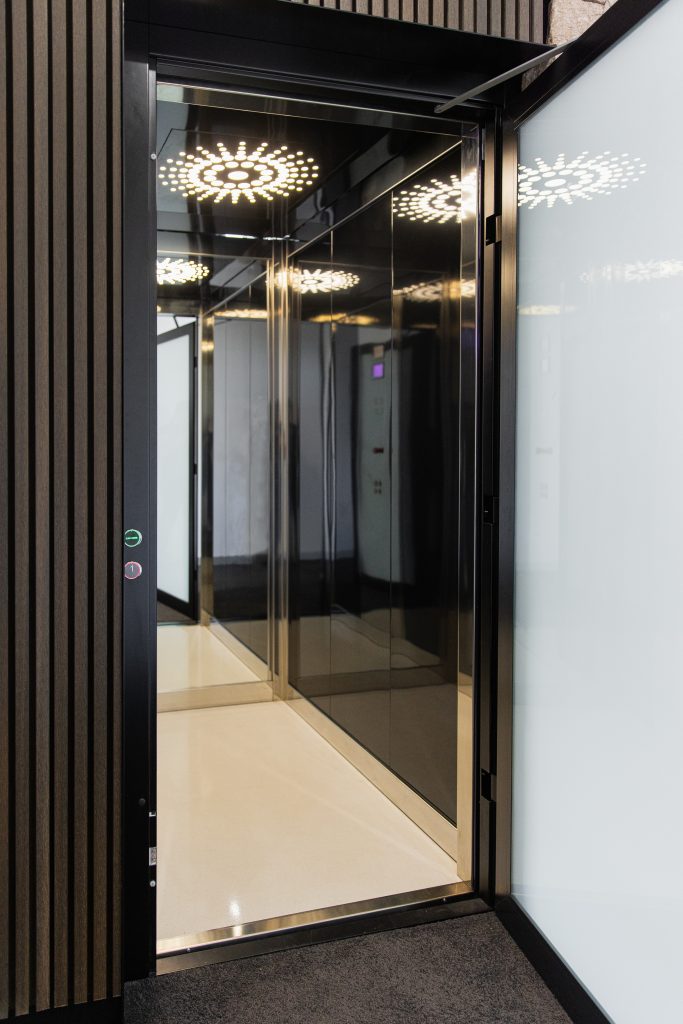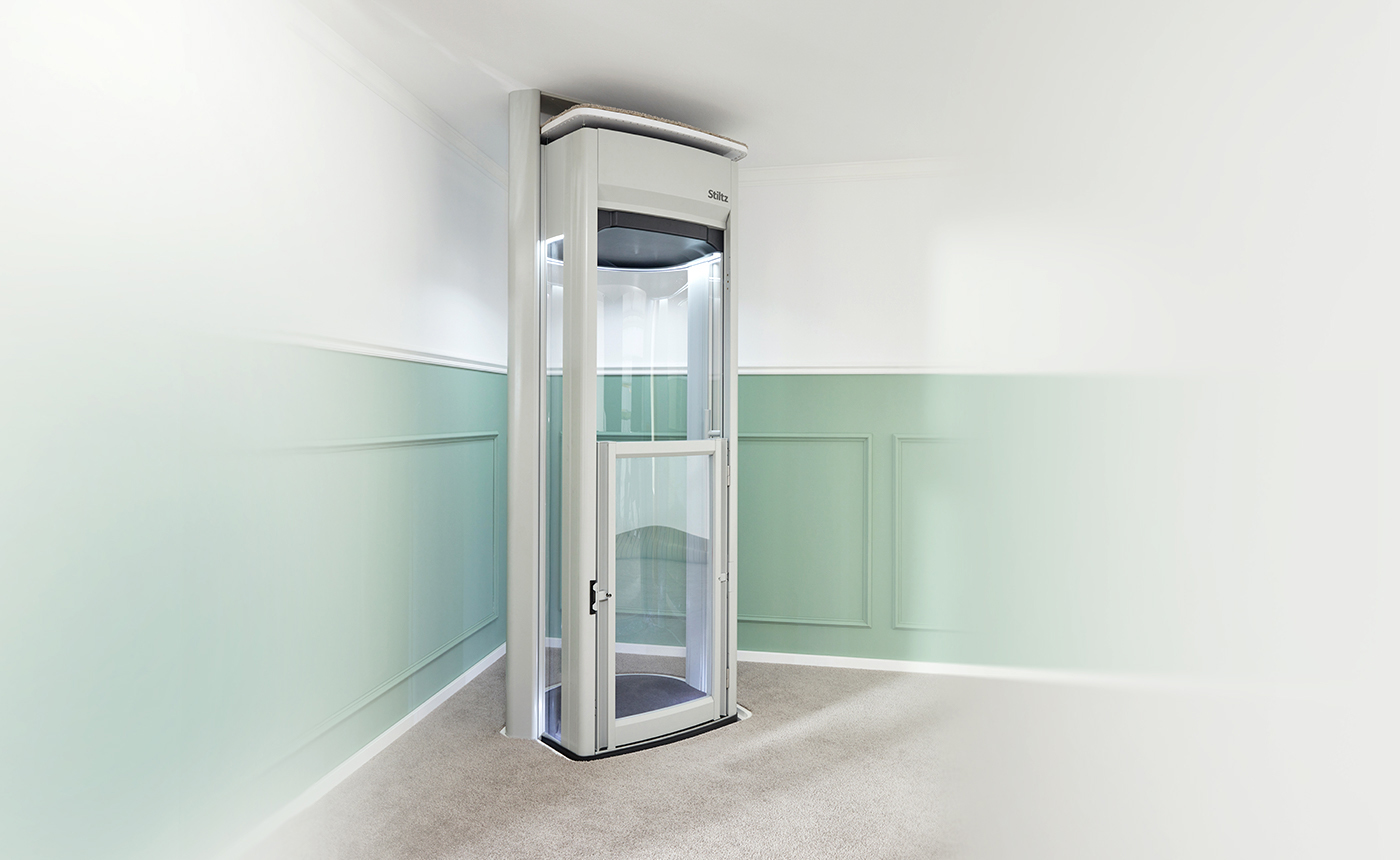Leading Lift Companies in London: Supplying Exceptional Solution and Assistance
Leading Lift Companies in London: Supplying Exceptional Solution and Assistance
Blog Article
Exploring the World of Elevators: Common Problems Faced by Different Lift Systems
As we navigate with the upright transport systems of contemporary buildings, lifts stand out as an important part of our daily lives. From hydraulic lifts to grip systems and machine-room-less designs, each lift type comes with its set of typical concerns.
Hydraulic Elevators
Hydraulic elevators, usually preferred for low-rise buildings, make use of fluid stress to manage the activity of the lift automobile (lift repair companies). This device entails a hydraulic pump pushing oil into a cyndrical tube, triggering the lift to move in the preferred instructions. While hydraulic elevators are understood for their smooth and silent procedure, they do include their very own collection of usual issues
One widespread trouble with hydraulic lifts is oil leak. Furthermore, issues with the control system, such as damaged shutoffs or a malfunctioning pump, can create disturbances in the lift's motion.
Routine upkeep and punctual repairs are important to ensure the smooth performance of hydraulic lifts. By attending to these typical problems proactively, structure owners can reduce downtime and ensure the safety and performance of their upright transportation system.
Traction Lifts
When thinking about vertical transportation systems in buildings, one more common type besides hydraulic elevators is the grip elevator. Grip elevators operate making use of a system of ropes and weights that move the elevator automobile by gripping onto the hoist ropes. This device enables smoother and quicker upright transportation contrasted to hydraulic systems.
Among the typical issues encountered by traction lifts is rope wear. The consistent motion of the ropes within the grip system can cause tear and wear over time, possibly triggering the lift to malfunction or end up being dangerous for usage. Regular examinations and maintenance of the ropes are essential to make certain the elevator's proper performance and safety.
An additional problem that grip elevators may experience is connected to the control system. Troubles with the control system can cause issues such as unpredictable movement, hold-ups in action times, or even total closures. Normal testing and upkeep of the control system are crucial to stop such issues and guarantee the lift's reliability.
Machine-Room-Less (MRL) Elevators

Among the key components of MRL elevators is the portable gearless traction machine that is mounted within the hoistway. This maker efficiently drives the lift cars and truck without the requirement for large equipment found in standard traction lifts. Furthermore, MRL lifts normally use a counterweight system to stabilize the cars and truck, further boosting their energy performance.
Despite their benefits, MRL lifts may deal with challenges associated with repair and maintenance because of the constrained space for tools installment. Access for servicing components within the shaft can be limited, calling for specialized training for technicians. Appropriate upkeep timetables and normal assessments are crucial to guarantee the ongoing smooth procedure of MRL lifts.
Overloading and Weight Limitation Issues
Are elevators geared up to handle excess weight tons successfully and securely? Straining and weight restriction problems are essential concerns in lift operations. Elevator makers layout raises with details weight abilities to make sure traveler safety and london lift company security and tools long life. Exceeding these weight limitations can result in numerous problems, including mechanical failures, hold-ups, and security dangers.
When lifts are strained, it places too much stress on the electric motor, wires, and other parts, potentially causing malfunctions or breakdowns. If they identify excess weight, security mechanisms such as sensing units and overload sensing units are in place to prevent elevators from moving. In addition, surpassing weight limits can lead to boosted energy intake and deterioration on the lift system.
To alleviate overloading concerns, building supervisors ought to plainly show weight limits in lifts and educate disabled platform lifts prices uk residents on the value of adhering to these constraints - lift repair companies. Regular upkeep checks by qualified professionals can likewise aid guarantee that elevators are running within safe weight specifications. By addressing overloading and weight limitation concerns proactively, building proprietors can boost elevator safety and security and performance
Electrical System Failures
Exceeding weight limitations in lifts can not only cause mechanical issues however also possibly add to electrical system failings within the lift framework. Electric system failings are an essential issue in lift procedure, as they can cause unanticipated closures, malfunctions, or also security risks. One usual electric issue is the overheating of elements as a result of too much existing flow brought on by overwhelming the lift past its ability. This can lead to harm to the control, circuitry, or electric motor systems, resulting in costly fixings and downtime.
Additionally, power surges or changes in the electrical supply can likewise disrupt the elevator's procedure, influencing its efficiency and security. These electrical disturbances can harm delicate elevator elements such as control panels, motherboard, or sensing units, causing system failures. Regular upkeep and assessments are vital to determine and deal with potential electric problems quickly, ensuring the secure and effective procedure of elevator systems. By sticking to weight restrictions and conducting regular electrical system checks, building proprietors can reduce the threat of electrical failings in lifts.
Conclusion

Hydraulic lifts, typically chosen for low-rise structures, utilize fluid pressure to manage the motion of the elevator car.When thinking about upright transportation systems in buildings, an additional usual type aside from hydraulic lifts is the traction elevator. Traction lifts run making use of a system of ropes and counterweights that relocate the elevator car by grasping onto the hoist ropes. Unlike we maintain lifts standard lifts that need a different maker space to house the equipment, MRL elevators incorporate most of the elements within the shaft, eliminating the need for a specialized device area.In verdict, lifts deal with common issues such as hydraulic malfunctions, grip system failures, and electric system issues.
Report this page